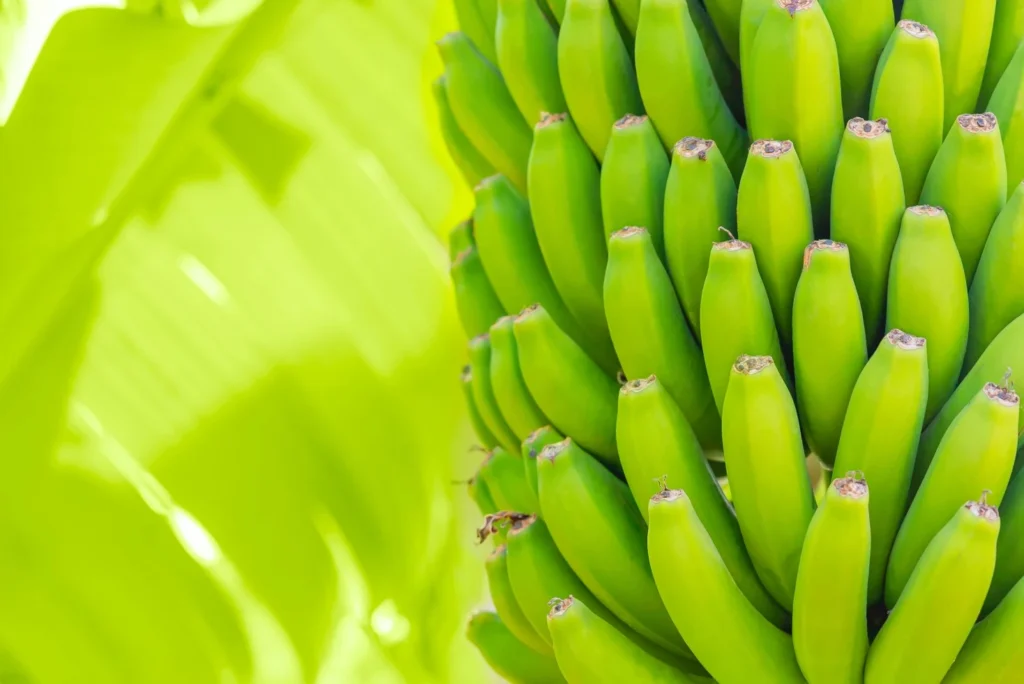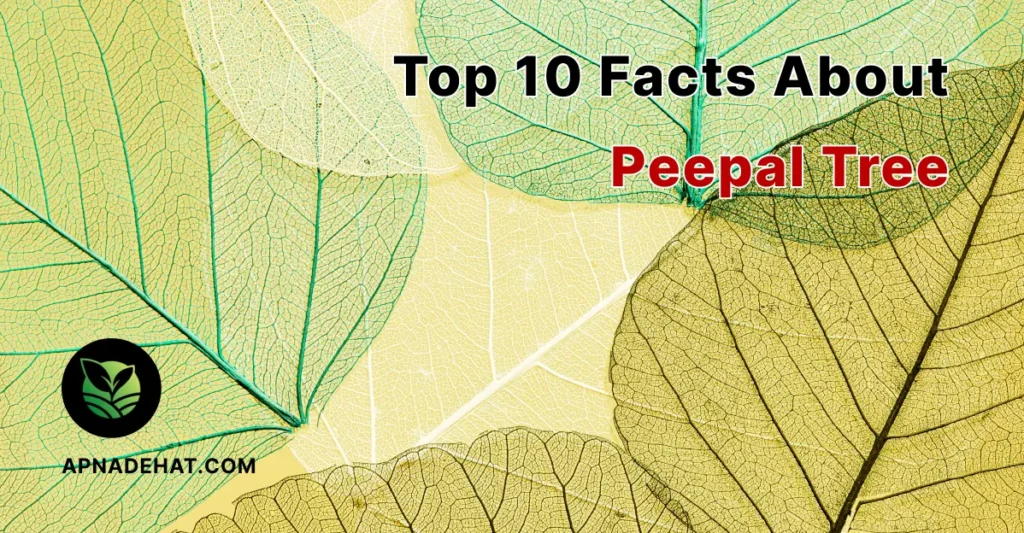
- Banana trees are not actually trees! They are giant perennial herbs that belong to the Musa genus.
- The banana plant is one of the largest herbaceous flowering plants in the world, with some species reaching heights of up to 30 feet or more.
- Banana trees are incredibly fast growers. Under ideal conditions, they can grow up to a foot or more per week!

- Bananas are botanically classified as berries. Yes, that’s right! They are considered berries because they develop from a single ovary and contain seeds.
- The world’s most common banana variety is the Cavendish banana. It accounts for approximately 95% of all bananas consumed globally.
- Banana trees are native to Southeast Asia but are now cultivated in tropical and subtropical regions worldwide.

- Banana trees reproduce asexually through underground rhizomes called “suckers.” These suckers sprout from the base of the main plant and develop into new banana trees.
- Bananas are an excellent source of essential nutrients, including potassium, vitamin C, vitamin B6, and dietary fiber. They make for a healthy and delicious snack!
- Contrary to popular belief, banana trees do not bear fruit only once. After the main stem produces bananas, it dies, but new shoots emerge to continue the cycle.
- Banana trees are incredibly versatile. Not only are their fruits consumed worldwide, but different parts of the plant, such as the leaves and stems, are also used in cooking, packaging, and various traditional practices.



